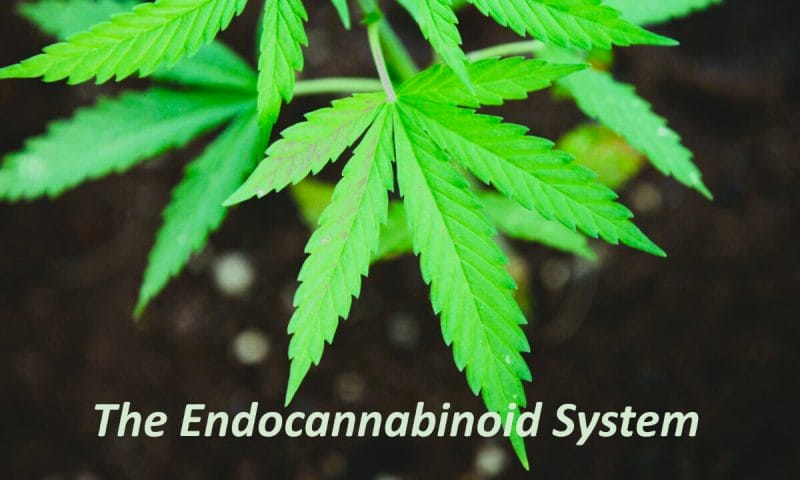Every day, there are more and more people, not just walking, but running from the pharmaceutical companies as we learn the extent of the harm they have been placing on the human population through vaccines and medications. This has caused so many average, everyday people from all walks of life to begin doing extensive research seeking alternatives and coming to the realization natural remedies have been around since the beginning of time but have been hidden and suppressed for many reasons. The number one is the greed of “The Powers that Think They Be.”

The more involved you get into your research; it becomes obvious CBD is leading the fray when it comes to natural health. Being in the heart of the CBD world, we at Katt’s Remedies have shared many of the benefits that can be derived from using CBD products, however, we sometimes forget to give a little more detail of HOW CBD works with the human body. We also know that people have some concerns because CBD is often linked to THC which leaves them a bit squeamish about utilizing this natural remedy.
First, we cannot stress enough, while CBD and THC come from the same plant family, they are completely different compounds. CBD is one of the many non-psychoactive cannabinoids found in the Cannabis Sativa plant. But it gets even better!
What if we told you your body produces cannabinoids naturally that are quite similar to those found in the C. Sativa plant? Would that pique your interest?
What if we told you your body has an entire system that not many people have ever heard of? A natural system whose function is only enhanced when paired with CBD. Are you intrigued yet?
So what is this amazing system the body has that is virtually unheard of?

This system is the Endocannabinoid System, also known as ECS. The endocannabinoid system is a complex cell-signaling system that regulates body functions and relies on three main components: the endocannabinoids themselves, the cannabinoid receptors, and the enzymes that break down and synthesize endocannabinoids. Its primary function is to maintain bodily homeostasis which is a biological harmony in response to changes in the environment. It does this by regulating endocannabinoids along with CB1 and CB2 cannabinoid receptors in the central and peripheral nervous systems and the immune system. When the body detects an imbalance with a process regulated by the ECS, it produces cannabinoids that interact with the receptors. This generates a chemical process that resolves the imbalance and returns the body back to a state of homeostasis.
Endocannabinoids
The two main endocannabinoids are Anandamide (AEA) and 2-Arachidonoylglyerol (2-AG). They are produced by the body, as needed, to keep internal functions running smoothly.
- The structure of Anandamide is similar to THC and is a powerful neurotransmitter. It regulates processes such as body temperature, memory, pain, and more. It also increases neurogenesis which reduces anxiety and inflammation.
- 2-Arachidonoylglyerol is one of the most common endocannabinoids in the body. It is part of a large group of molecules that come from arachidonic acid, a type of fatty acid that acts as an inflammatory intermediate and also widens the blood vessels. It is created and used by the body when needed instead of being produced and stored for a later time.

Endocannabinoid Receptors
There are two main endocannabinoid receptors found throughout the body. When endocannabinoids bind to them, it signals that the ECS needs to jump into action. The result depends on where the receptor is located and which endocannabinoid it binds to.
- CB1 receptors are mostly found in the central nervous system and modulate neurotransmitter release.
- CB2 receptors, mainly found in your peripheral nervous system, help modulate inflammation and immune response.
How CBD affects the ECS?
One thing scientists are certain of is that CBD does not bind to either the CB1 or CB2 receptors. So, the question is how does CBD affect the ECS System?
By the third component mentioned…The enzymes!
When it comes to the ECS, it is often forgotten that the system consists not only of the endocannabinoids and receptors, but also of the enzymes which regulate the whole mechanism. In the case of the endocannabinoid system, the one key enzyme is the fatty acid Amide Hydrolase (FAAH). FAAH is responsible for the breakdown of anandamide, a process of which CBD is an inhibitor. What this means is CBD makes the enzyme that should break down anandamide not work as efficiently as it should. This leads to an increased concentration of anandamide in the system, which leads to an increased impact. So while the CBD does not work directly, it instead enhances the effects of the natural element of the system.
In the end, the three components of the Endocannabinoid System combined with the amazing health benefits of CBD products provide a fascinating and efficient messaging system that governs many of the body’s most critical functions. We, at Katt’s Remedies, hope this information alleviates any concerns you may have as you venture into the wonderful world of natural healing.

